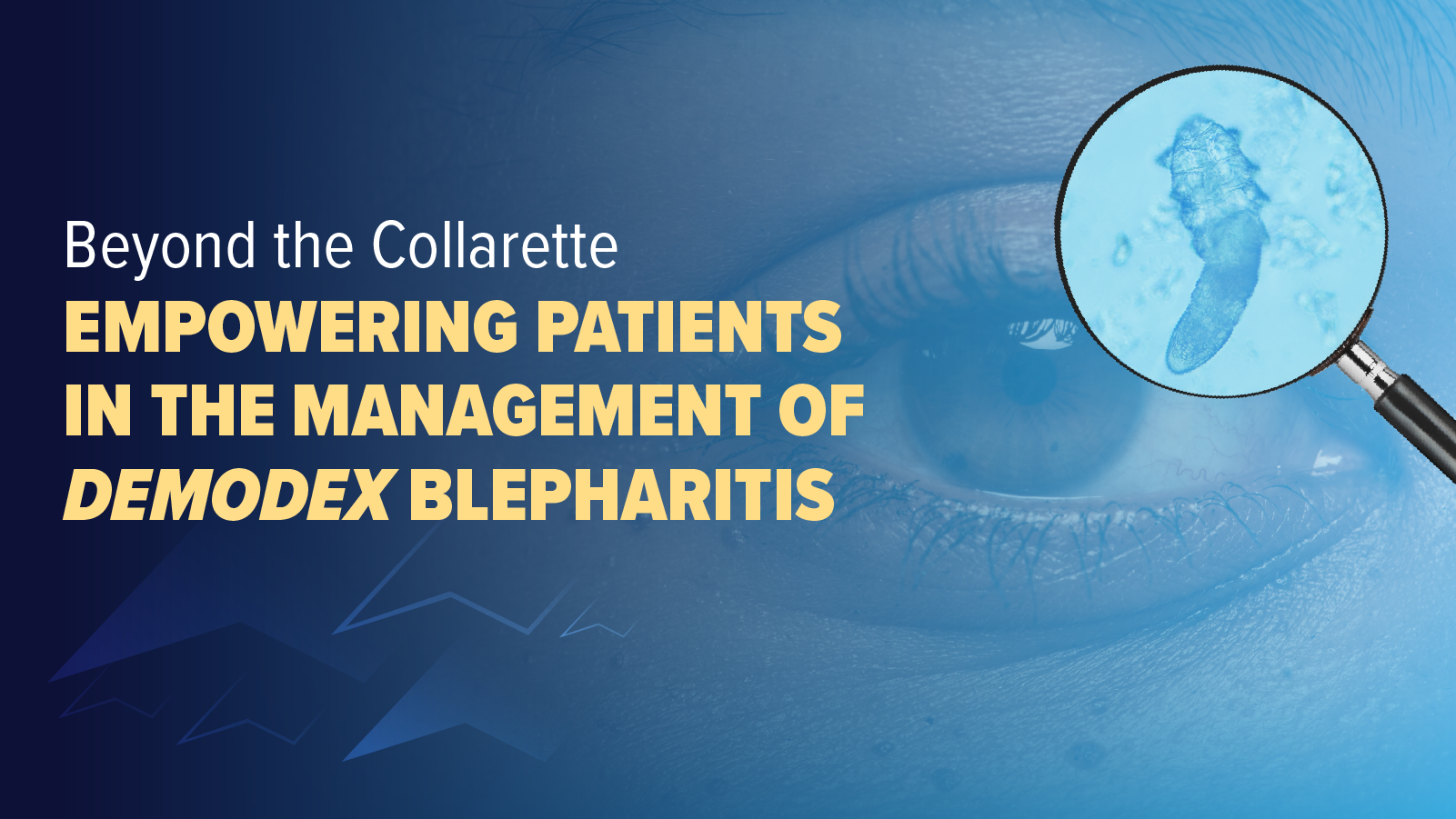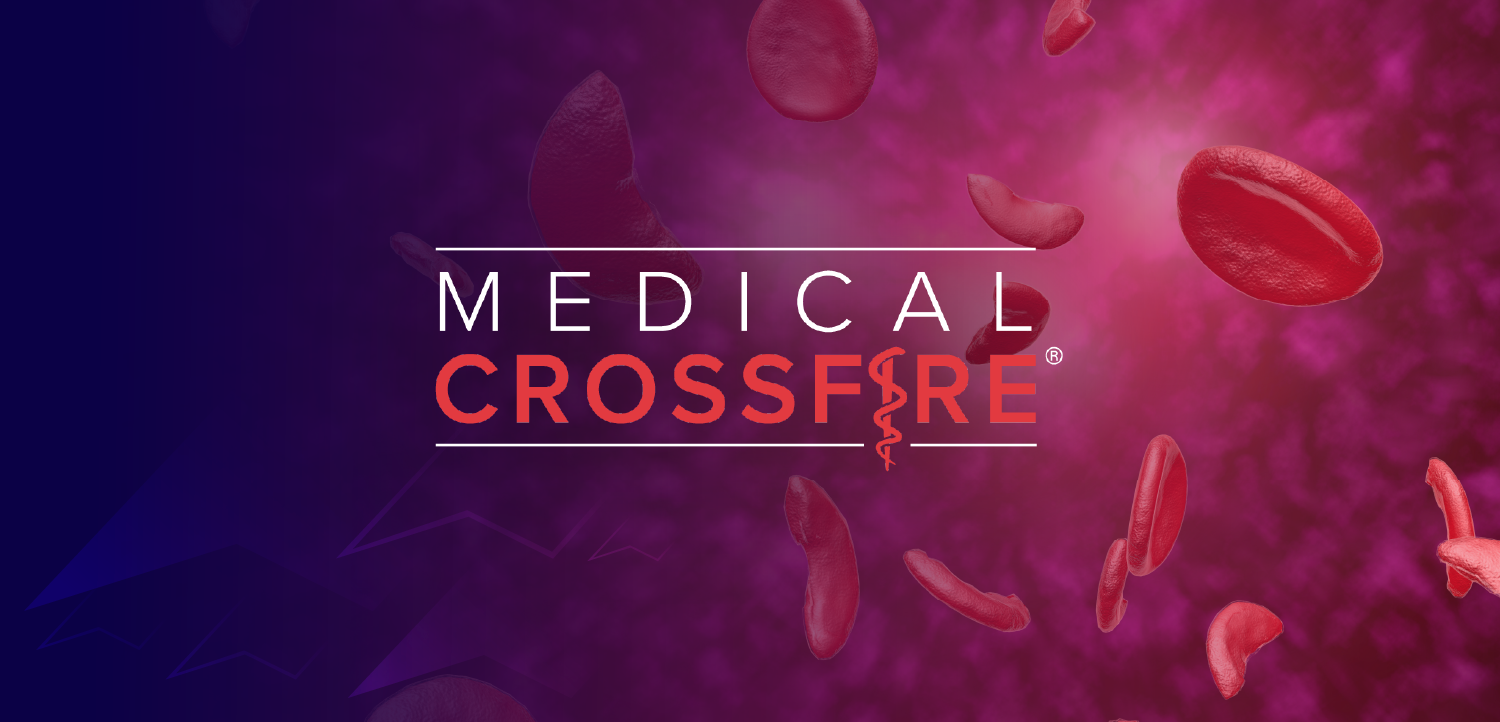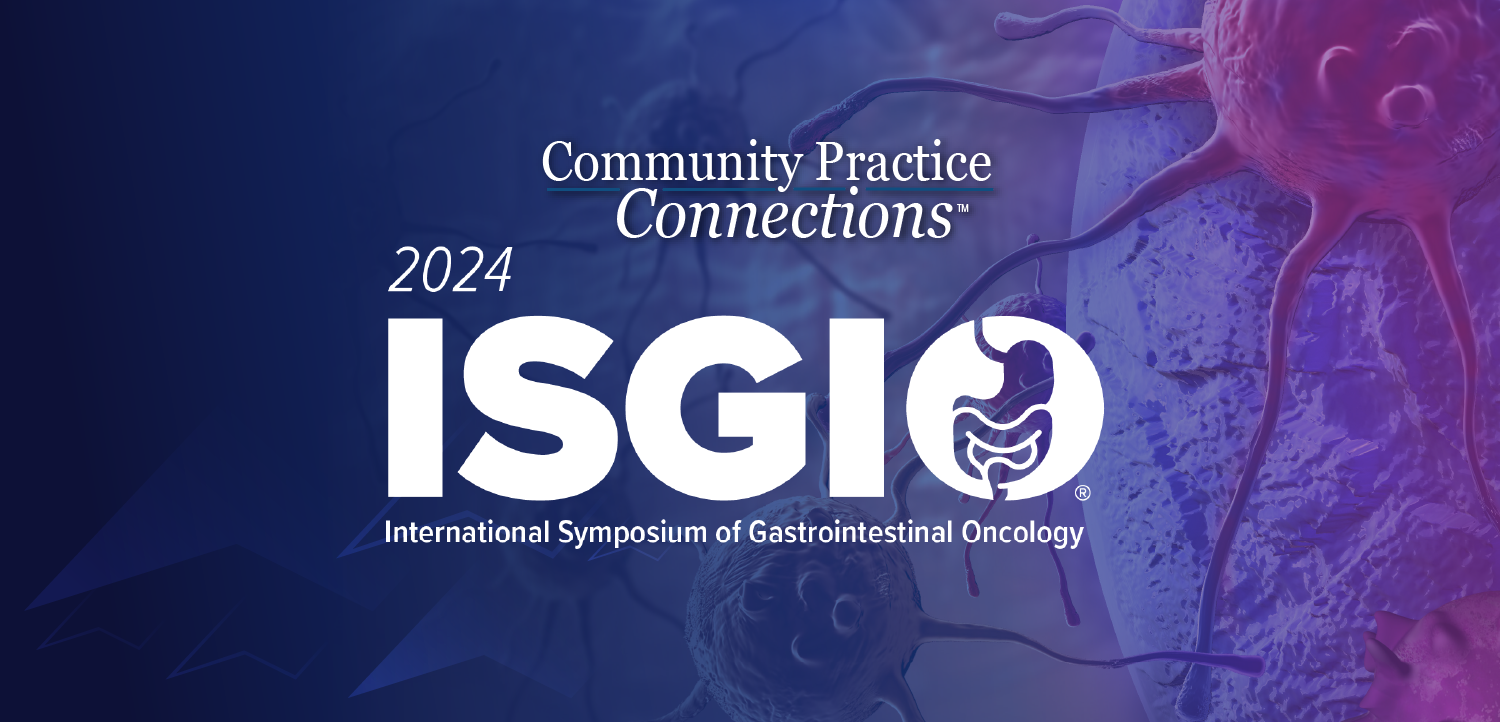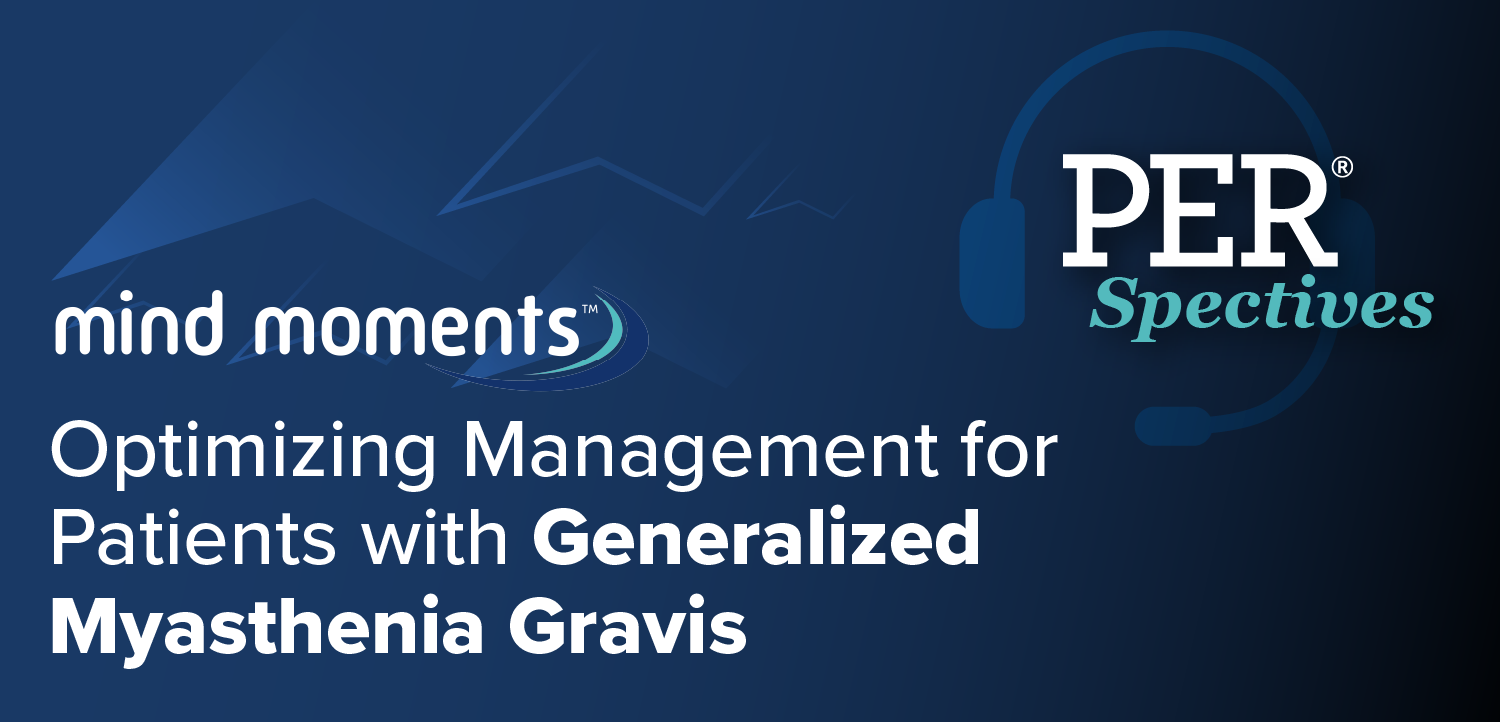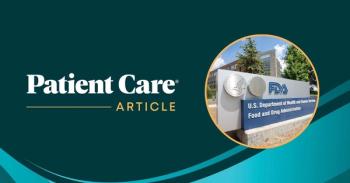
Adults Visiting the ED Are Willing to Receive Missing CDC-Recommended Vaccines, Survey Finds
More than 90% of adults making nonurgent ED visits had missed at least 1 CDC-recommended vaccine but many were willing to catch up on all of them while there.
Nearly half of adults who are not up to date on CDC-recommended vaccines say they would accept vaccination if offered during an emergency department (ED) visit, according to a multicenter survey of more than 3200 adults. The analysis, conducted across 10 EDs in 8 US cities between April and December 2024, revealed further that 86.7% of those would accept all of the vaccines they needed if offered in emergency setting.1
The findings, published recently in MMWR, highlight both the gaps in adult vaccination coverage and the potential of ED-based interventions to reach underserved populations.
Adult vaccination in the US remains uneven, particularly among populations with limited access to primary care, first author Robert M. Rodriguez, MD, professor of medicine and associate dean of clinical and population health research at the University of California Riverside School of Medicine, and colleagues wrote. Approximately one-third of US adults lack a regular source of primary health care, leaving gaps in vaccination review, counseling, and administration.2 EDs are often the only point of contact for underserved populations and so may represent a missed opportunity for public health interventions, including vaccination.3
Rodriguez and team cite data from controlled trials that found ED-based messaging platforms increased influenza and COVID-19 vaccine acceptance and uptake by 2-fold and 3-fold, respectively, in underserved populations. To expand on these findings, CDC investigators sought to assess knowledge, coverage, and willingness to receive all CDC-recommended adult vaccines in ED settings.1
Survey Details
The survey included adults aged 18 years and older evaluated in EDs in Chicago, Detroit, Durham, Fresno, Los Angeles, Philadelphia, San Francisco, and Sylmar, California. Surveys were administered in English, Spanish, or Mandarin, with questions tailored to each participant’s age-specific vaccine recommendations based on the April 2024 CDC schedule, according to the study.1
Survey Cohort
7.8% had marginal or unstable housing; 21.0% lacked primary health care; for 17.9%, Spanish was the primary language
Participants were asked whether they had heard of each recommended vaccine, whether they had received it, reasons for nonreceipt, and whether they would accept vaccination if offered during the ED visit. Rodriguez et al also collected demographic and health access information, including race, ethnicity, language, insurance, and housing status. Investigators used logistic regression analyses to identify factors associated with vaccine gaps and willingness to accept vaccination.
Key Findings
- Knowledge gaps: Nearly half of participants (49.4%) had not heard of at least one recommended vaccine.
- Lower knowledge was associated with male sex, Black race, Hispanic ethnicity, non-English primary language, lack of primary care, and lack of insurance.
- Coverage gaps: 85.9% of participants reported missing at least one recommended vaccine.
- Factors linked to lower coverage included Black race (aOR = 1.93; 95% CI = 1.32–2.85), lack of primary care (aOR = 2.91; 95% CI = 1.74–5.13), and being uninsured (aOR = 3.01; 95% CI = 1.27–8.82).
- Most frequently missed vaccines:
- Influenza vaccine among adults aged 18–49 years (64.5–65.6%)
- Shingles vaccine among those aged 50–64 years (63.0%)
- RSV vaccine among adults ≥65 years (74.2%)
- Only 42.9% reported tetanus vaccination in the previous 10 years.
- Willingness to vaccinate in the ED: Among participants who were not up to date, 46.4% said they would accept vaccination if offered in the ED, and most (86.7%) would accept all missing vaccines.
- The strongest predictor of acceptance was location; patients in Sylmar were significantly more likely to accept vaccination (aOR = 5.25; 95% CI = 3.44–8.22).
- Reasons for missed doses: The most common reasons were lack of awareness of the vaccine (40.7%) or not knowing it was recommended (9.6%).
- Reasons for refusal in the ED: Patients cited feeling too ill at the time (27.4%) and wanting more information (19.3%).
Limitations. The CDC researchers acknowledge several limitations to the study including the potential for recall bias based on reliance on self-reported vaccination history. Also, there was no cross verification of responses with electronic medical records. Further acceptance rates reported in the study may not generalize to other ED populations and could reflect social desirability bias, the authors noted.
Up-to-Date Coverage Could Triple
The most substantial gaps in adult vaccination coverage among ED patients was observed among Black and Hispanic individuals, those without insurance, and those lacking primary care access, authors emphasized. Nearly half of eligible participants expressed willingness to receive vaccines during an ED visit. Moreover, the investigators pointed out that "based on the number of respondents who reported that they would accept all missing vaccines if offered, this analysis suggests that up-to-date coverage in this population could theoretically more than triple from its current level of 14% to as high as 48%.
Along with his colleagues, Rodriguez concedes that comprehensive vaccine administration in EDs may not be feasible. However, embedding automated vaccination prompts, counseling, and referral pathways into ED workflows could help significantly close gaps in coverage. With more than 150 million ED visits annually in the US, leveraging these encounters may represent a practical strategy to improve vaccination rates among underserved adults, they concluded.
References
Rodriguez RM, Torres JR, Chinnock B, et al. Emergency department survey of vaccination knowledge, vaccination coverage, and willingness to receive vaccines in an emergency department among underserved populations — eight U.S. cities, April–December, 2024. MMWR Morb Mortal Wkly Rep 2025;74:456–462. doi:10.15585/mmwr.mm7429a1.
Closing the primary care gap: How Community Health Centers Can
Address the Nation’s Primary Care Crisis. National Association of Community Health Centers. February 2023. Accessed August 22, 2025.
https://www.nachc.org/wp-content/uploads/2023/06/Closing-the-Primary-Care-Gap_Full-Report_2023_digital-final.pdfYu H, Klompas M, Kofner A, Horvitz-Lennon M, Zhang F,
McKernan S. COVID-19 vaccination: concerning trends in primary
care health professional shortage areas. Am J Prev Med. 2022;63:e31–3.
doi:10.1016/j.amepre.2021.12.024
Newsletter
Enhance your clinical practice with the Patient Care newsletter, offering the latest evidence-based guidelines, diagnostic insights, and treatment strategies for primary care physicians.












